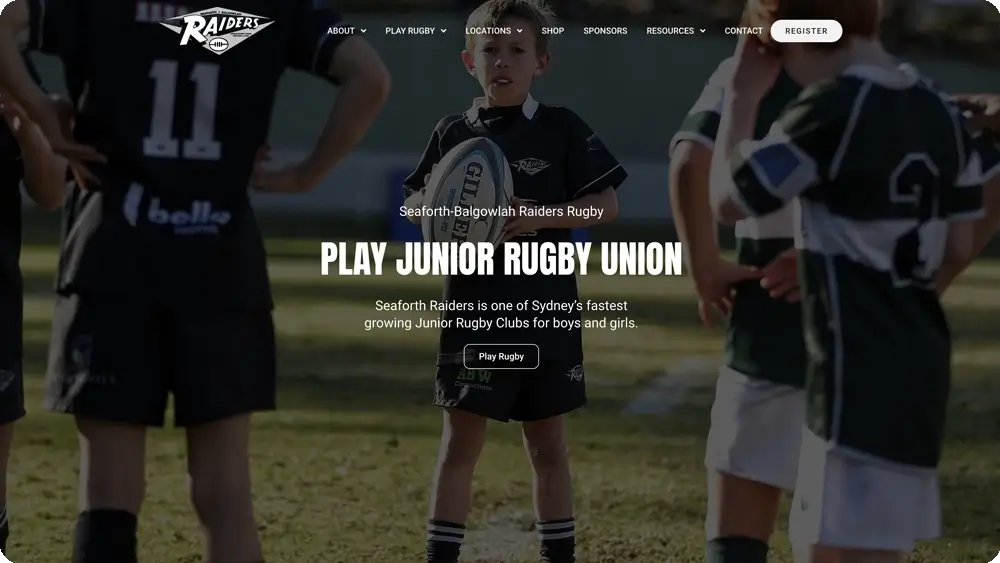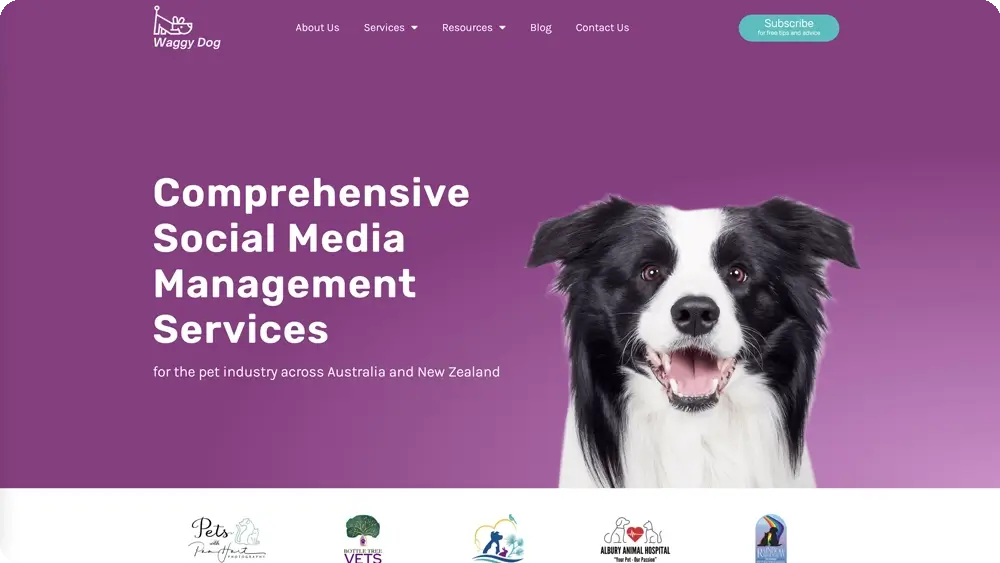Abstract
This document is an appendix to the W3C “Web Content Accessibility Guidelines 1.0”. It provides a list of all checkpoints from the Web Content Accessibility Guidelines 1.0, organized by concept, as a checklist for Web content developers. Please refer to the Guidelines document for introductory information, information about related documents, a glossary of terms, and more.
This list may be used to review a page or site for accessibility. For each checkpoint, indicate whether the checkpoint has been satisfied, has not been satisfied, or is not applicable.
A list version of the checkpoints is also available.
This document has been produced as part of the Web Accessibility Initiative. The goal of the WAI Web Content Guidelines Working Group is discussed in the Working Group charter.
Abstract
This document is an appendix to a document that has been reviewed by W3C Members and other interested parties and has been endorsed by the Director as a W3C Recommendation. This is a stable document and may be used as reference material or cited as a normative reference from another document. W3C’s role in making the Recommendation is to draw attention to the specification and to promote its widespread deployment. This enhances the functionality and universality of the Web.
A list of current W3C Recommendations and other technical documents can be found at http://www.w3.org/TR.
This document has been produced as part of the Web Accessibility Initiative. The goal of the Web Content Guidelines Working Group is discussed in the Working Group charter.
Priorities
Each checkpoint has a priority level assigned by the Working Group based on the checkpoint’s impact on accessibility.
- [Priority 1]
- A Web content developer must satisfy this checkpoint. Otherwise, one or more groups will find it impossible to access information in the document. Satisfying this checkpoint is a basic requirement for some groups to be able to use Web documents.
- [Priority 2]
- A Web content developer should satisfy this checkpoint. Otherwise, one or more groups will find it difficult to access information in the document. Satisfying this checkpoint will remove significant barriers to accessing Web documents.
- [Priority 3]
- A Web content developer may address this checkpoint. Otherwise, one or more groups will find it somewhat difficult to access information in the document. Satisfying this checkpoint will improve access to Web documents.
Some checkpoints specify a priority level that may change under certain (indicated) conditions.





















